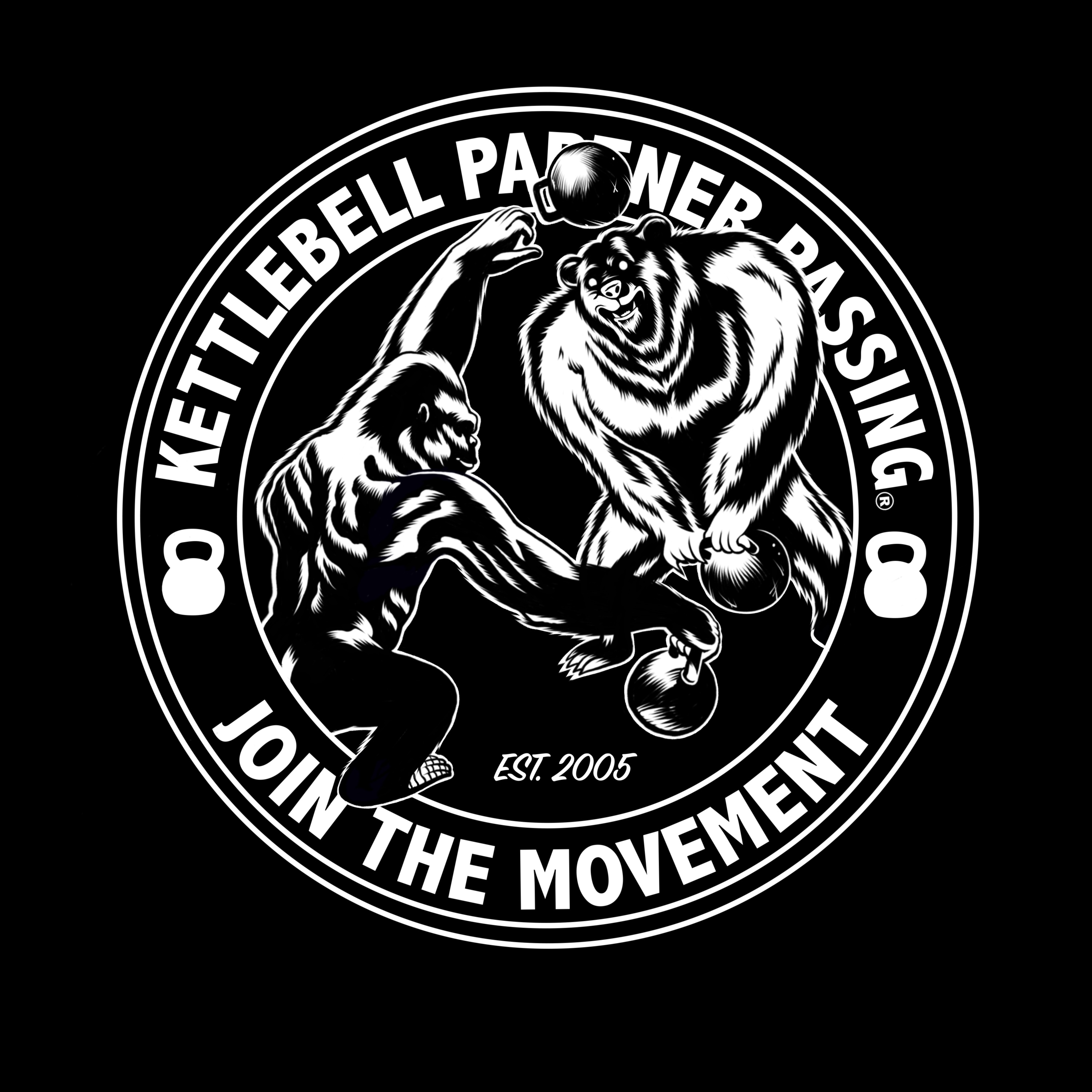Straight vs. Backflip Pass: What’s the Difference?
- Kettlebell Partner Passing

- May 14, 2021
- 2 min read
Updated: Jun 25, 2021
There’s more than one way to skin a cat. While we don’t do any cat skinning during Kettlebell Partner Passing, we do pass bells, and there are multiple ways to do it. (It’s just a saying!) While the most natural way to pass the kettlebell is to flip it, the kettlebell can also be passed with the handle straight up. While the most natural way to pass the kettlebell is to flip it, the easiest way to catch it is with the handle straight up.
The two foundational kettlebell passes are:
1. Straight Pass
2. Backflip Pass
The straight pass is when the bell is thrown with the handle straight up, with a slight arc to the trajectory so that the handle comes to the receiver at the appropriate height for them to catch it. To throw a straight pass, the web of the hand between the thumb and pointer finger is used to push the handle forward so that the handle is angled toward the receiver when they catch it. The straight pass is easier to catch but harder to throw.
The backflip pass is when the bell flips as it’s passed. The backflip pass has a straighter trajectory — as opposed to an arc — so that it arrives directly at the height that the receiver needs to field and return the pass successfully. To throw a backflip pass, the tips of the fingers are used to push the kettlebell handle down and initiate the flip. Practice will yield the ability to flip the bell just the right amount so that the handle is in the best position for your partner to receive the bell optimally. The backflip pass is easier to throw but harder to catch.
While the backflip pass is the most fluid way to perform Kettlebell Partner Passing, the straight pass is important to learn because it’s useful for beginners to catch the bell more easily. The kettlebell naturally wants to flip, which is why it’s easier to pass a flip, but because the handle disappears behind the bell for a moment it can throw off new receivers and cause them to miss the bell. This can have a psychological effect that makes them afraid to catch the bell. Therefore, the straight pass is useful to build confidence before progressing to the backflip pass.
Ready to start practicing? Prior to attempting straight or backflip passes, hone your skills by practicing straight and backflip tosses, which build precision and accuracy. Check out the video below!


Comments